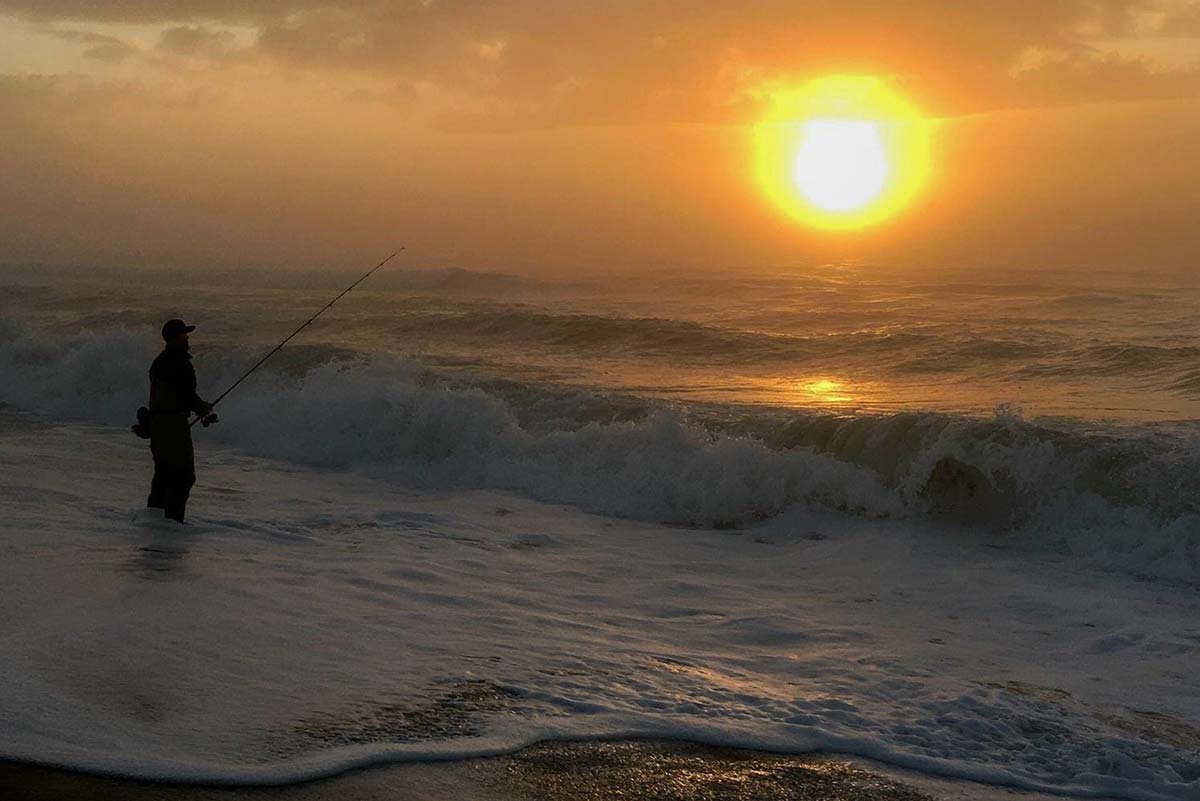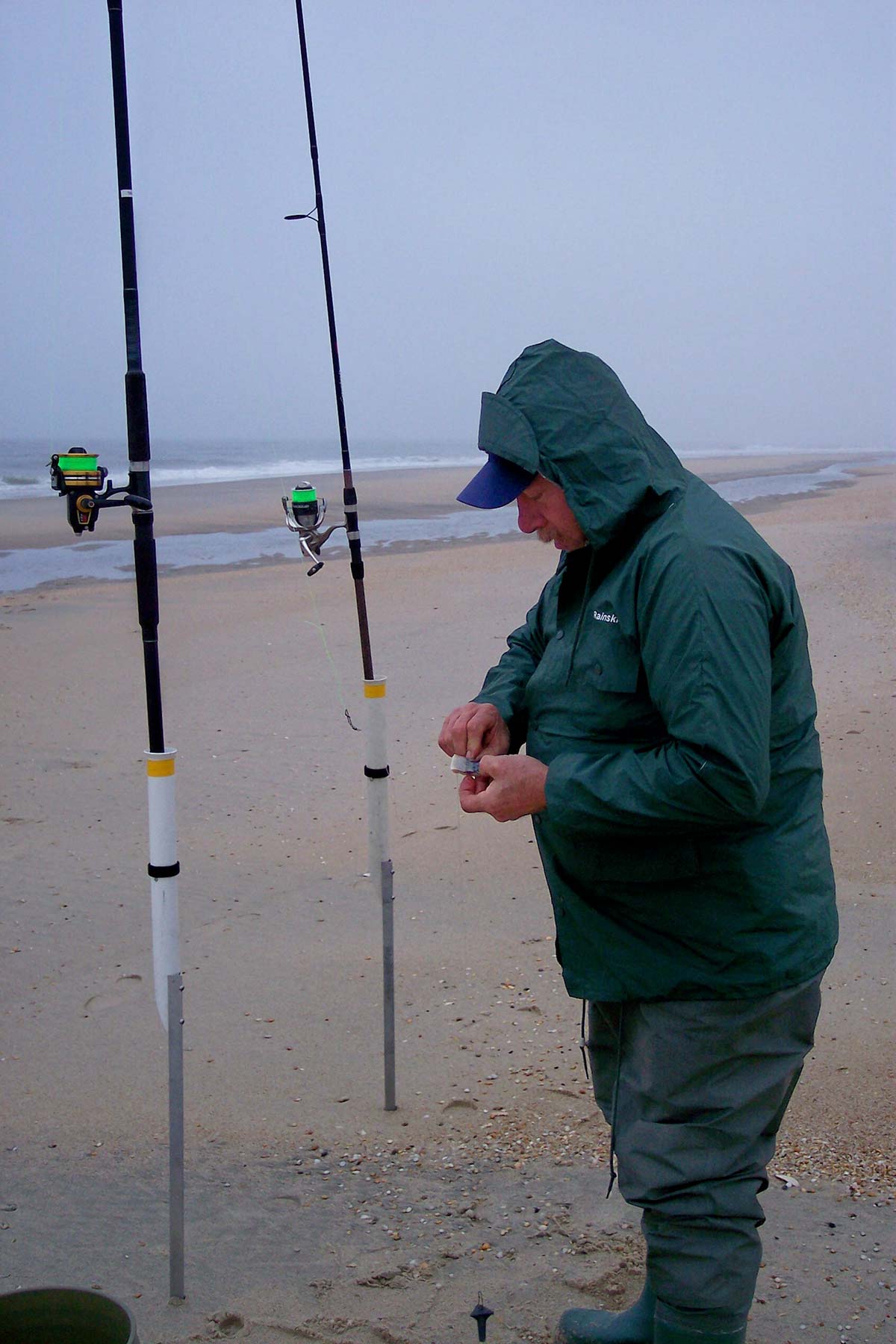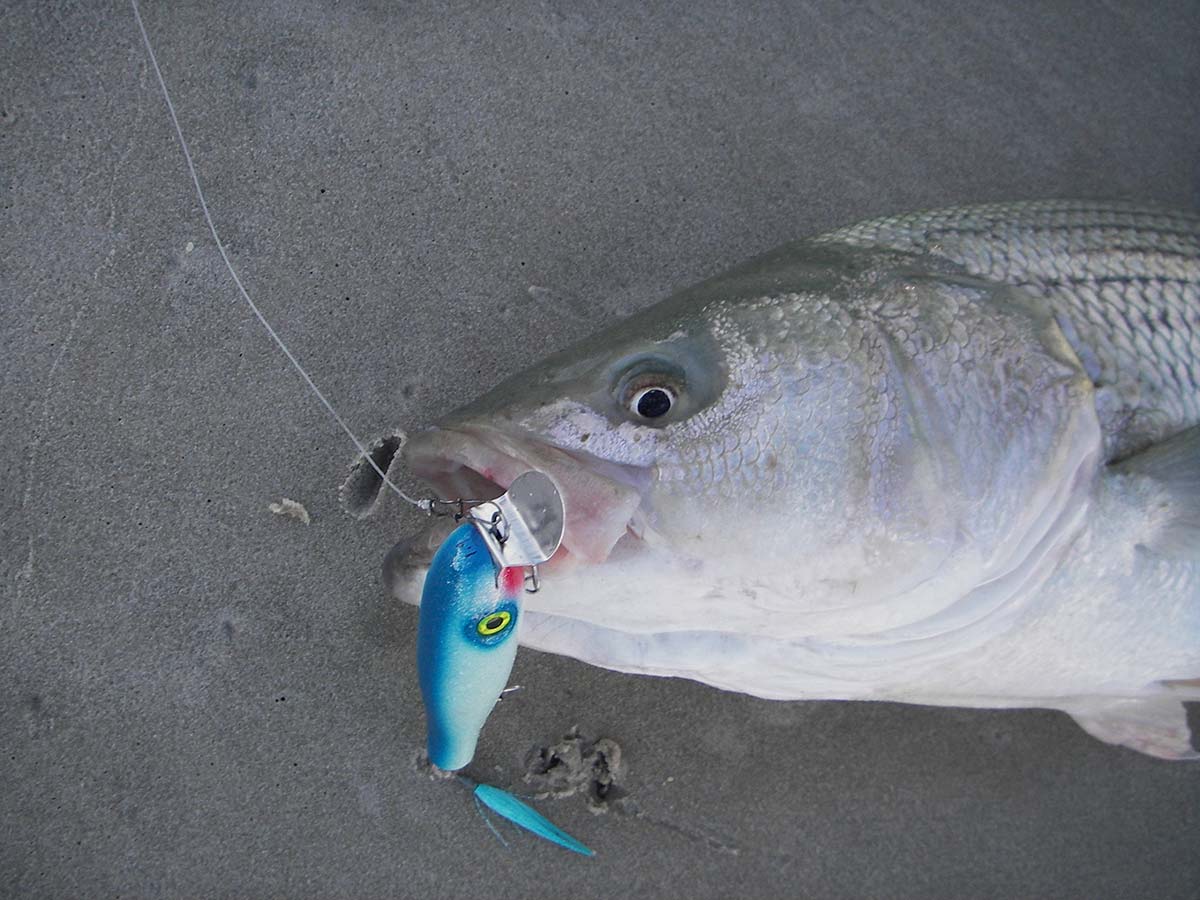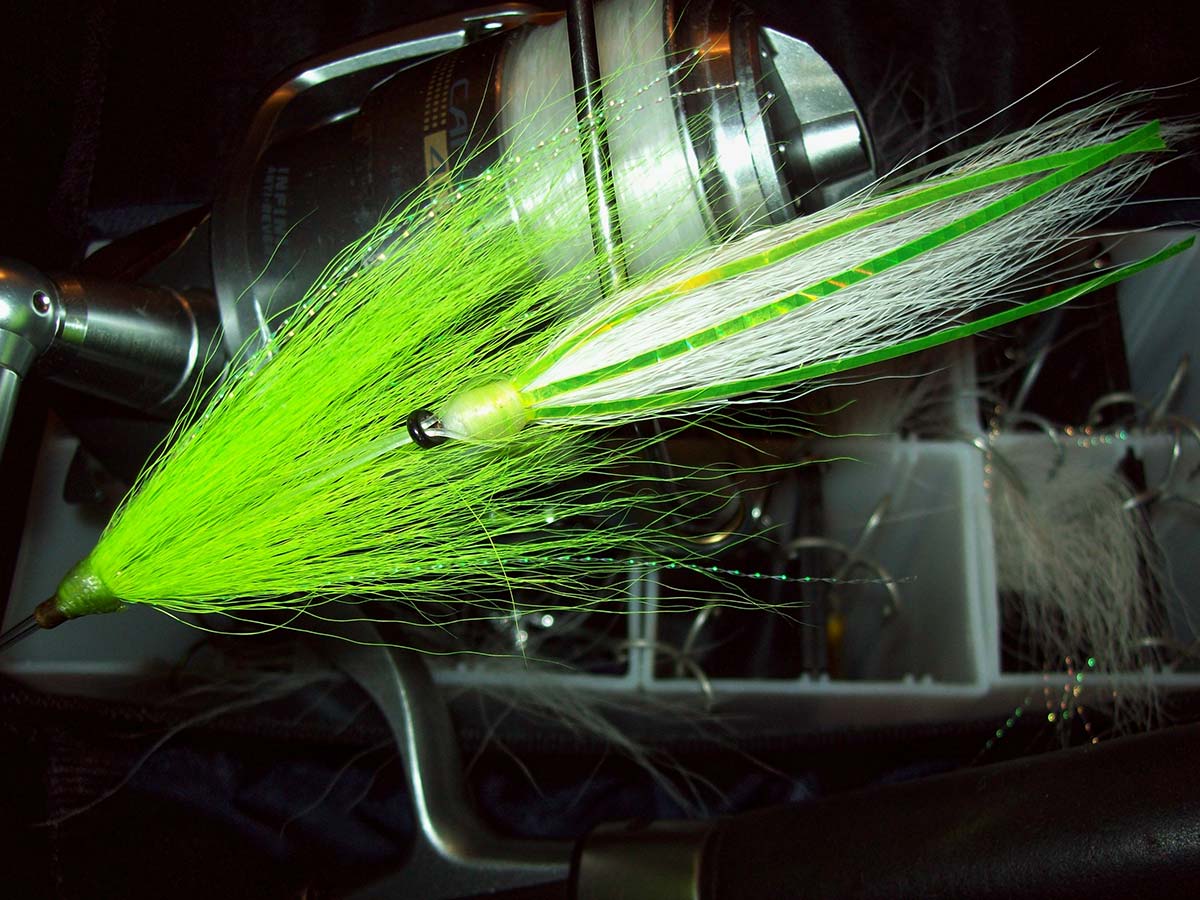
“in the aftermath of a storm, striped bass go on a feeding rampage…”
Ocean storms are inevitable. When they happen, they shuffle the deck and create a new angling dynamic. Underwater topography is reshaped, species arrive and depart, and emerging new conditions put fish on their feed.
Surf fishing is undeniably excellent before most storms but the same is also true in their aftermath. Storms churn up the ocean bottom which help to inject rich nutrients into the underwater ecosystem where diverse marine life extracts much of its nourishment needs. Water temperatures also rise up or tumble from storm turbulence. Schools of baitfish become scattered and vulnerable. Predators instinctively feel the need to feed once again, to fuel their endless nourishment needs.
No one knows with 100% certainty where fish go during a storm, but there are assumptions. The most logical responses are that they go to sheltered areas, hang around structure, or move to deeper water. Different species react in different ways. Smaller and weaker fish are more likely to seek calmer waters because storm turbulence becomes energy-draining for them. They move to safe, comfortable places but generally do not feed while riding out the storm. Bigger gamefish like striped bass are better able to maneuver through the turbulence. Their strong bodies and their large tails give them the ability to not only handle rough water but also give them an edge in feeding amidst the churning surf. Their keen eyesight is an added asset in their foraging; they do not mind getting sand in their gills.

Fresh Bait
Fishing a fierce storm with either bait or lures is tough, with basically just striped bass on the menu. However, emerging surf conditions in the aftermath of a storm provide a window of great opportunity for surfcasters. As the storm turbulence moderates towards calmer waters, feeding opportunities flourish all across the marine spectrum. Food nutrients on the sea bed that are stirred up and put into suspension attract small and big fish alike. Small baitfish get active, seeking needed nourishment; moving waters disorient them making it easier and less energy-consuming for larger fish to pursue and eat them. Offshore predators find the feeding conditions attractive as well, moving in closer to the shoreline to take advantage of the exceptional nourishment availability. Many of their instinctual feeding inhibitions are abandoned when faced with an abundance of live prey and other nutrients.
Pounding surf waves take their toll along any shoreline, eroding sand from beaches and injecting it into suspension. Dirty water cuts down underwater visibility as you would expect. Water clarity is a variable that needs to be factored into your presentation package, whether you are fishing bait or working lures. Predators cannot find or hit what they cannot see or sense.
The transition from stormy seas to calm water is an excellent time to fish bait – bunker chunks, fresh clams, worms, and even fresh shrimp – as predators forage for any food they can scavenge. Baits that release a scent trail are the best way to attract attention, enabling predators to follow a scent trail back to your rigs. Remember that the underwater visibility will be compromised from stormy weather so a scent trail makes sense. Cut bait is the best way to attract attention to your rig because it maximizes the bait smell and releases the most scent oils; adding a scent potion such as those from BioEdge (mossbunker, clam), Fin-Essence (shedder crab), Gulp Alive (herring, clam, shrimp, squid), Pro-Cure (menhaden super gel), Alice-Mike’s (lunker lotion) and the like can enhance fresh chunks or refresh washed-out used morsels.
In my opinion, fishing live bait in unsettled surf should not be your first choice; predators that cannot see live prey are more attracted to a smelly bait chunk.

Going Heavy
Given the stirred-up surf and strong currents, this is a time to use heavier rods and reels when fishing bait. Sinkers up to the task also should be heftier. Storm or sputnik sinkers work great in such circumstances, providing more gripping action to anchor bait rigs. Although the poor water clarity handicaps a predator’s ability to see and zero in on a target, it is a definite plus because it makes your terminal tackle less visible underwater. Rod holders that keep your combo and your main line high above the sand make it easier to keep your rig in place, above the post-storm rollers. Longer-length rods also help to keep your line above elevated wave action.
As the seas begin to settle down in the aftermath of a storm, striped bass go on a feeding rampage on clams that have been broken open from undersea storm turbulence. The fractured clams put out a strong scent trail that attracts massive bass interest. Clam rigs naturally plug directly into this feeding frenzy.
When the surf wave action and underlying currents begin to settle back to normalcy, the bass will slack off on their clam feeding somewhat and seek other live nourishment. This in-between gap is a great time to work lures into your presentation menu. Lures with bright colors – pink, white, fluorescent yellow, red, bubble gum, white – stand out best in the reduced visibility. This applies mainly to plugs but also to certain metal lures that sport high-visibility finishes like fluorescent yellow. Even bright-colored teaser bucktails may outperform colorless models.

Select lures with the best aerodynamics and hydrodynamics to get maximum results: lures that can be cast well, and lures that display great action on their retrieve. Working plugs with built-in rattles sometimes is a plus since predators can use their sense of hearing to zero in on a target; using bigger plugs to project a larger target sometimes helps to trigger hook-ups in low-visibility water. Bass and blues cannot hit lures they cannot see.
Following a storm, surf conditions can often be unsettled. However, fish populations – both predators and prey alike – become more active and hungry, seeking nourishment. Storms leave behind exceptional food availability and great feeding opportunities. Inhibitions fall by the wayside; feeding aggression takes over; smaller species become forage for bigger predators; the marine life cycle goes on.
Coastal storms and their aftermath are good for the marine ecosystem, and for surfcasters. Hungry fish make for great fishing!




